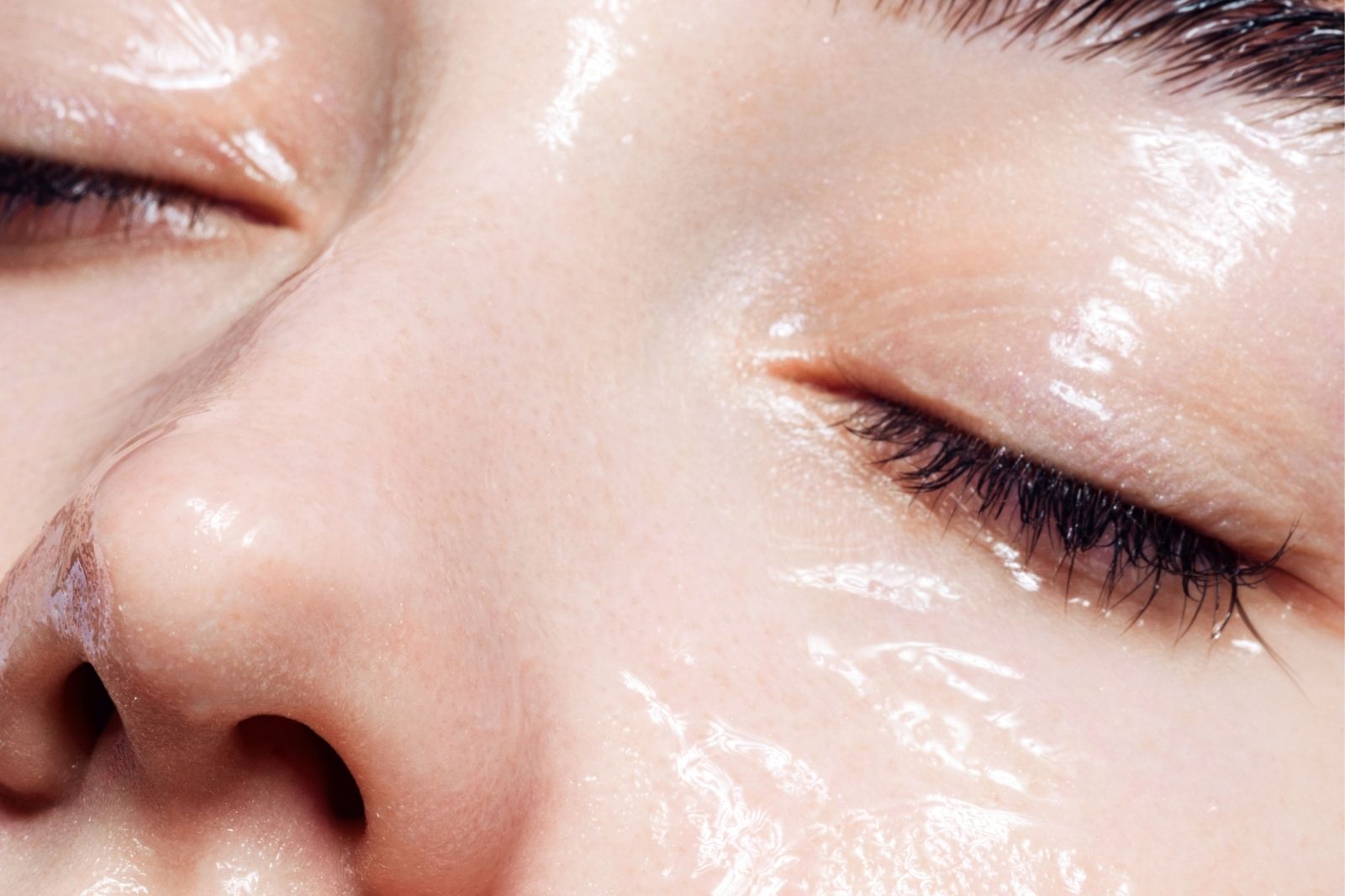What is Slugging?

Although the term “slugging” in skincare is relatively recent, it’s nothing new to the world of beauty. Did you know Marilyn Monroe’s skincare routine included this crucial element? You might be curious about what this technique is and its benefits. If you’ve heard the term but aren’t quite sure what means or if it would fit into your skincare routine, this guide has all the answers.
What is Slugging?
Slugging is a skincare technique that involves applying a thick layer of an occlusive agent, such as petroleum jelly, Aquafor, or cold creams, over your entire face as the final step in your nighttime skincare routine. The term “slugging” comes from the slimy, glossy appearance of the skin after the application, which resembles the trail left by a slug. This method is designed to lock in moisture and create a barrier that prevents water loss.
How Does Slugging Work?
The core principle behind slugging is creating a protective layer on the skin that minimizes transepidermal water loss (TEWL). TEWL occurs when moisture escapes from the skin’s surface into the environment. (You might have experienced this when you get chapped skin on super cold days in the winter.) By applying an occlusive agent, slugging effectively seals hydration from the previous steps of your skincare routine and ensures that the skin remains hydrated throughout the night.
Here’s a step-by-step breakdown of how to incorporate slugging into your routine:
- Cleanse Your Face: When you’re adding slugging into your skincare it’s important to know the difference between AM vs. PM skincare. Slugging, if you wish to include it in your routine, should be done at night. First, consider using the oil method to double cleanse your face and use a water-based cleanser next.
- Apply Skincare Products: Follow your usual nighttime skincare routine and allow each product to fully absorb.
- Slugging: Apply a thin, even layer of an occlusive agent or a specialized slugging balm over your entire face. Make sure to avoid the eye area.
- Sleep and Wake Up: In the morning, cleanse your face to remove any residue and follow with your regular morning skincare routine.
Benefits of Slugging
- Enhanced Hydration: By trapping moisture and preventing TEWL, slugging can protect against dry or flaky skin.
- Reduced Sensitivity: For those with sensitive skin, slugging can help soothe and protect the skin from external irritants.
- Plump and Glowing Skin: The added moisture and barrier protection can result in plumper, more radiant skin upon waking.
Is Slugging Right for You?
While slugging can be a game-changer for some, it may not be suitable for everyone.
- Skin Type: Slugging is generally recommended for dry, dehydrated, or sensitive skin types. If you have oily or acne-prone skin, it might contribute to more breakouts.
- Skin Concerns: Slugging might make acne worse. If you have active acne, open wounds, or irritation, stay away from slugging.
- Frequency: While slugging can be beneficial, it’s important to use it in moderation. Overuse may lead to clogged pores or other skin issues, so consider incorporating slugging into your routine a few times a week rather than every night.
Conclusion
Slugging is a skincare technique that focuses on enhancing hydration and protecting the skin’s barrier through the application of an occlusive agent. While it can offer significant benefits for dry or sensitive skin types, it may not be best for those with acne-prone skin. If you want to wake up with plump, hydrated skin, slugging might be worth trying! Just remember to choose the right products and use the technique once or twice a week to see how your skin adjusts.